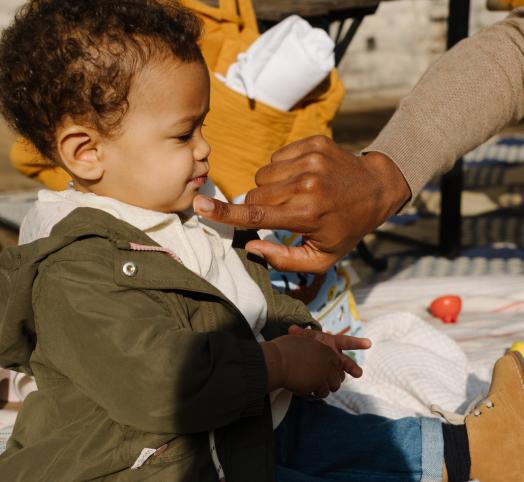How does a scar form?
The healing process can take anywhere from a few days to a few months, depending on the severity of the injury and the care provided. But rest assured, children heal well because of their high cell regeneration, whether it's chicken pox or a wound.
- In the case of a small, superficial wound, only the top layer of the skin, the epidermis, is affected. A new layer is formed to recover the skin, and after a few weeks, the skin looks exactly the same as it did before.
- In the case of a deeper wound, the lesion reaches the middle layer of the skin, the dermis, and can leave a permanent mark, as this scar tissue lacks elasticity. In this case, a doctor should be consulted.
Healing takes place in several phases:
- The scar is initially pink or red,
- Then, it becomes white or disappears completely.
- It may turn brown when it is too recent and has been exposed to the sun.
The golden rules for treating and reducing scars
A few simple gestures can reduce or even make a scar disappear:
- Clean and disinfect the wound before the scar forms to prevent infectious agents from getting inside. Repeat this procedure more often if the wound is on the hands, which handle many objects on a daily basis.
- Cover with a nice bandage to protect it well
- Keep the scar clean
- Use a recovery cream as soon as the skin is no longer raw and the wound is closed.
- Massage gently in circular motions to soften the area.
- Avoid clothing that rubs on the scar.
- Cut your baby's nails to prevent them from damaging the scab.
- Protect the scar from the sun,
- If it is still pink or red, cover it completely with a bandage,
- If it is white, therefore older, apply a SFP 50+ cream
